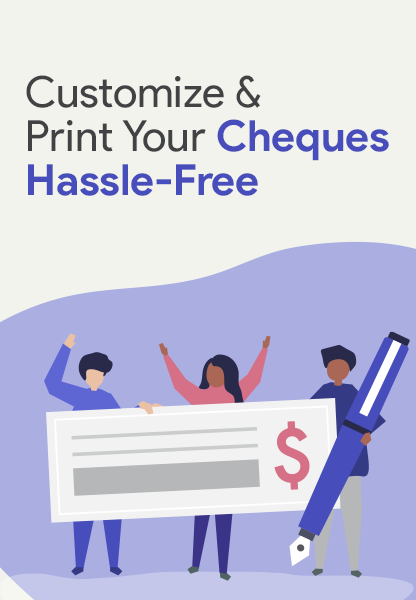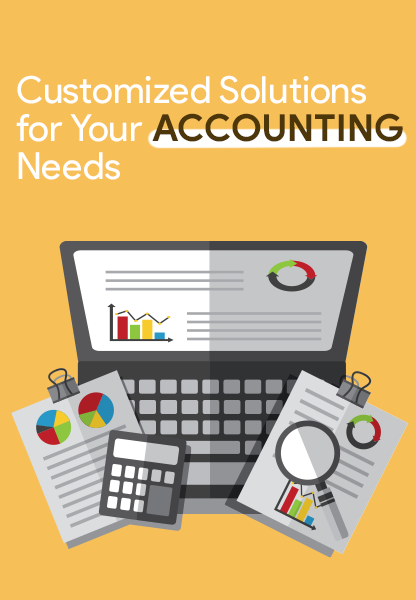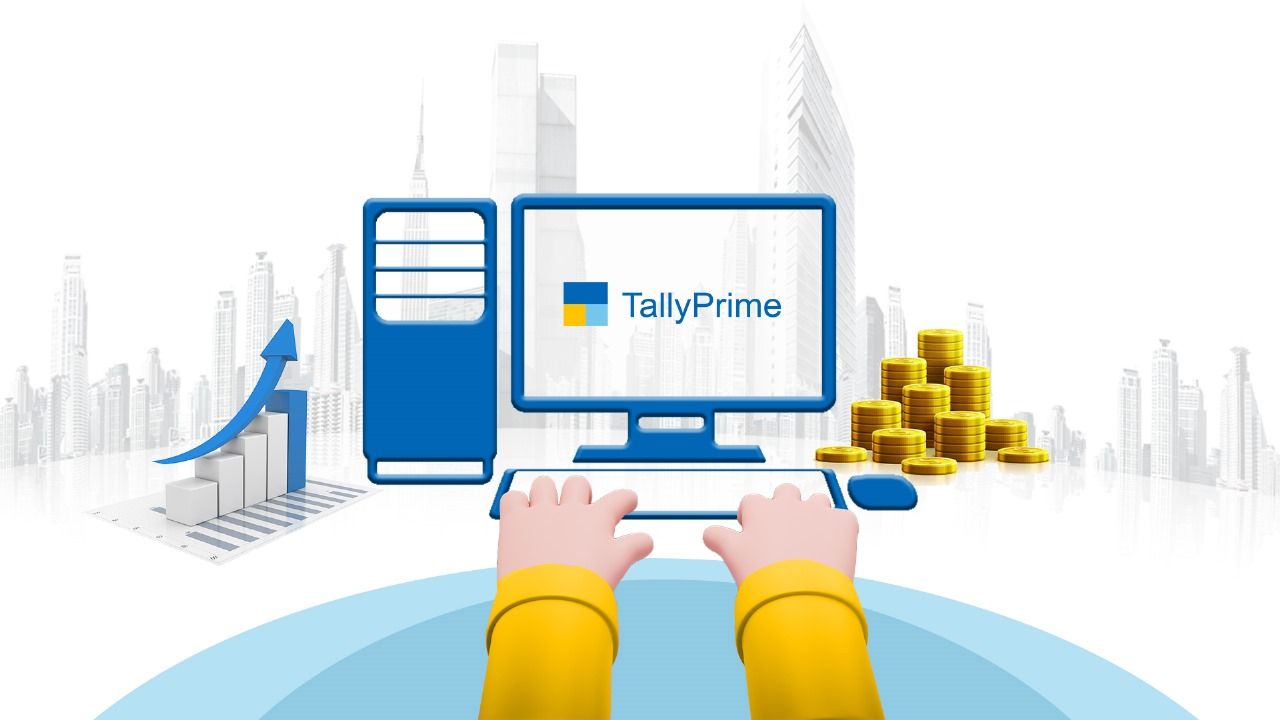
Cheque writer: What is a Cheque?
With the rise of the 20th century, cheques beat the barter system of goods and instead papers took over; it’s a different thing, this paper you are handing over has the value of money mentioned on the same. This paper we’re talking about is a cheque. Particularly, Cheques are the easiest go-to method for cashless business transactions for enterprise amounts, apart from NEFT, Drafts, and others. And these cheques are by cheque writer or cheque printing software along with cheque printing machines.
Cheque writer: What is a Cheque?
A cheque is a type of financial instrument, that instructs the bank to transfer a certain sum of money from one person’s account to the account of the person. Else to a business in whose name the cheque is in the issue. The cheque is in use to make payments that are safe, secure, moreover convenient. It is a safe solution because no physical currency has involvement in the transfer procedure, reducing the risk of loss or theft. Cheque writers are often in use nowadays to write cheques to reduce the risk of writing errors.
A cheque is a negotiable instrument that instructs a financial institution to pay a particular amount in a specific currency from a specified transactional account held in the drawer’s name with that institution. Both the drawer and the payee may be natural beings or legal organizations.
Aspects of a check
Drawer: the person or entity whose transaction account is in the debt process. The drawer’s name and account are normally in a preprint on the cheque with a cheque writer or else cheque printing software, and the drawer is usually the signatory.
Payee: the person or entity to whom the sum is in payment
Drawee: the bank or other financial institution to whom the cheque is in submission for payment. Also, this is normally in preprint state on the cheque with the help of a cheque printing software and cheque writer.
Amount: the monetary amount. The quantity and currency (e.g., dollars, pounds, etc.) must normally be in words and figures. The currency is normally the local currency, although it might be a foreign currency.
Different Types of Cheques
There are several sorts of cheques. A cheque operates differently depending on the kind.
Bearer Cheque
A bearer cheque or open cheque is one that has the top left corner of the cheque left blank. Anyone who has the check can cash it.
Self-Cheque
A self-cheque is one that the account holder wishes to cash. In the Name/In favor of column, the account holder might enter “Self” and deliver it to the bank.
Account Payee
If the cheque says “AC Payee Only” in the upper left corner from a cheque printing software or cheque writer, it signifies that only the person whose name is on the cheque has permission to use it, besides the money is straight on its way to this account.
Post-dated Cheque
A post-dated cheque is one that has a future date on it. Significantly, the cheque is good as of the date specified on the cheque via cheque printing software.
Features of a Cheque
- Cheques can be drawn on savings or current accounts.
- A cheque is always made payable to a certain banker.
- It is an unqualified order.
- The payee of a check is set and cannot be altered when it comes from a cheque writer.
- The payment will only be made in the payee/name. beneficiary’s
- It is a revocable instrument that is due on demand.
- If a cheque does not include the date, it is deemed void. Hence it’s better to use cheque printing software and cheque writers
The Benefits and Drawbacks of Using a Cheque
The following will teach us about the benefits and drawbacks of the cheque:
The Benefits of a Cheque
- Carrying a check is more safe and easy than carrying cash, and even safer when printed from a cheque printing software or with a cheque writer
- It is a negotiable document that can be signed in favor of a third party.
- If it is misplaced, it may be immediately located.
The disadvantages of a check
- Because checks are not recognized legal currency, payments made with them may be denied on occasion.
- Cheques cannot be utilized by anyone who does not have a bank account.
- To deposit a cheque into your bank account, you must go to the bank, which takes time.
The Operation of a Cheque
Certain information is on a cheque book with a restricted quantity of cheques. According to bank records, the only individual who may confirm the check with a signature is the account holder.
When you give someone a cheque, they may deposit it in the bank, and the monies from your account will be in the transfer process to his account in the amount specified on the cheque. When the account holder writes “A/C PAYEE Only” on the cheque, this works.
Well, How Do You Write a Cheque?
A check is a written, dated, additionally signed instrument that instructs a bank to pay the bearer a certain sum of money. Here’s all you need to know about writing a cheque:
A cheque consists of two parts:
Writing the cheque, which comprises the payee’s name, the amount, and the person issuing the cheque’s signature.
Registering the payment entails recording the transaction in both the cheque writer’s and the recipient’s accounts.
Cheque it out
It is critical to ensure that a cheque is proper in order to avoid its refusal by the bank. Follow these steps to write a check:
- Date the check “DD/MM/YYYY” and consider making it post-dated if required.
- Correctly enter the payee’s name.
- To avoid manipulation, write the amount in words in the “Rupees” field, including the term “only.”
- In the allocated box on the right side of the check, write the same amount in numbers.
- In order to avoid cancellation or invalidation, sign the cheque with the same signature that is in use for other banking obligations.
Record the Payment
It is critical to maintain a note of the specifics of the cheques you have made, including the payee and the amount paid. Also, this can assist you to guarantee that you have an accurate record of your financial activities and avoiding any potential complications or confusion.
- Keep note of the information on each cheque you write, including the cheque number, date, payee, and amount; this can be easily maintained with cheque printing software or cheque writer.
- Use a cheque register book to record this information for each cheque you make or access. the same via cheque printing software
- Include the cheque number, date, and amount in the register book, as well as a brief description of the payee; all these little details can be found on the cheque printing software database as your cheques are printed from a cheque writer.
- This can help you keep track of your cheques and keep an accurate record of your financial activities and your cheque printing software database stores all this information.















